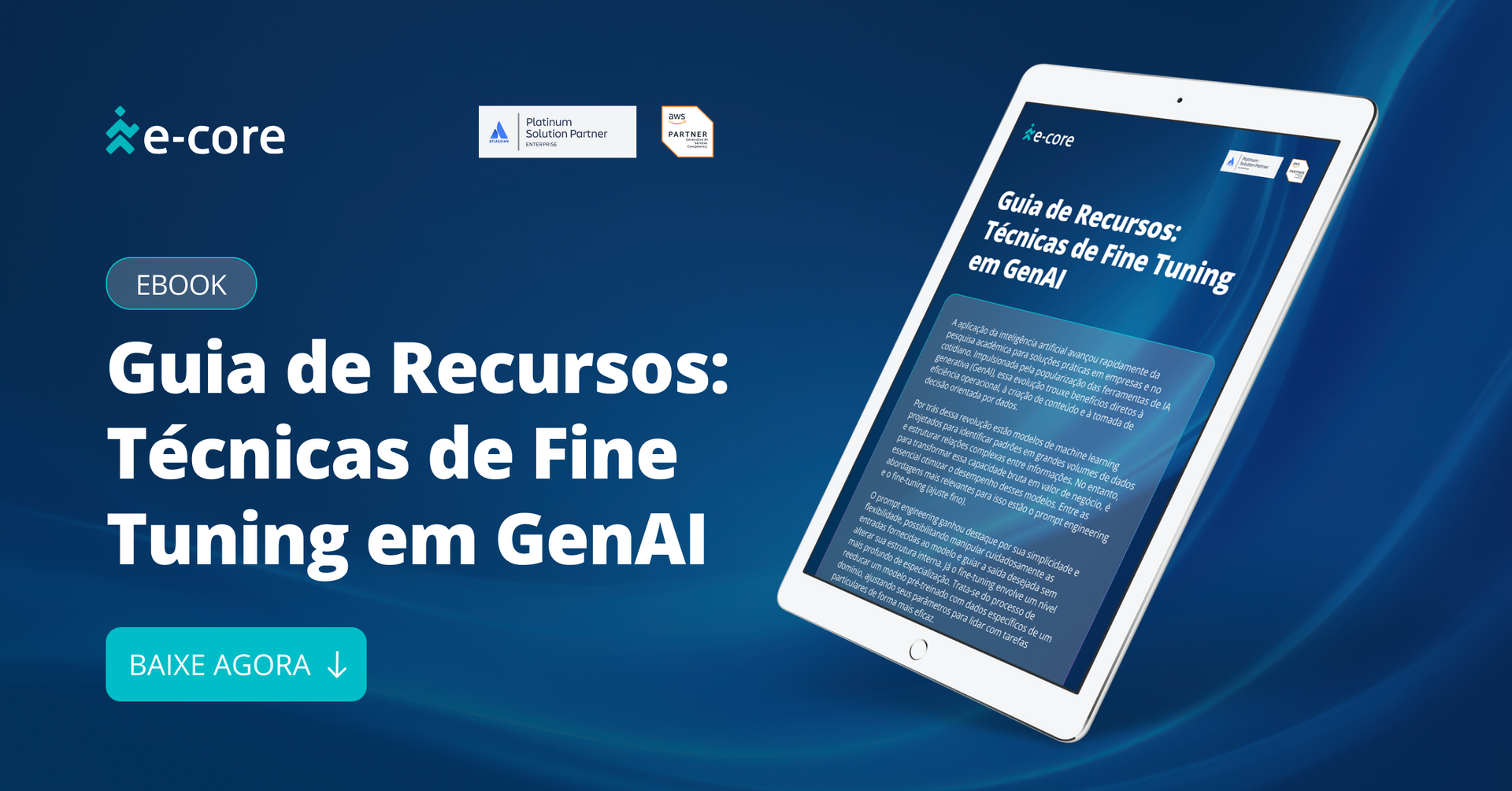How a health insurer brought structure to scattered AI efforts and turned them into results
By reorganizing work through portfolio alignment, the company reduced waste, accelerated delivery, and built a stronger foundation for future AI impact.
The challenge
A leading health insurer in New York had made significant investments in data, analytics, and AI, with multiple teams focused on machine learning, reporting, and business intelligence. Across the organization, there was growing pressure to leverage these capabilities to improve customer experience and operational performance.
However, while the technical capabilities were in place, execution was proving to be difficult. AI and analytics initiatives were fragmented across departments, often developed in silos and without alignment to strategic goals. Requests for new solutions came in reactively, with each department bringing in different vendors for uncoordinated projects. Resources were allocated inconsistently, and in some cases, teams were building narrowly scoped or redundant tools.
The problem wasn’t using AI and data—it was turning them into value. What the client needed was alignment, orchestration, and a clear path from insight to impact. That’s where e-Core came in to help.
The solution
We partnered with the client to realign their data and AI functions around shared priorities, sustainable delivery practices, and measurable outcomes. Our engagement combined consulting, coaching, and technical support across four key areas:
1. Portfolio and value stream coaching
We guided the client in evaluating their initiatives not as isolated projects, but as part of broader value streams. This allowed for greater synergy across teams and ensured that priorities were aligned with long-term outcomes, rather than short-term requests.
2. From project-based delivery to product thinking
We worked with leaders to shift the mindset from creating bespoke, one-time solutions to building scalable data environments, enabling teams to answer a variety of business questions using a common, evolving platform. This reduced rework, mitigated technical debt, and accelerated time to insight.
3. Organizational design and Agile enablement
We supported the formation of cross-functional squads aligned to specific value streams. These teams operated with shared backlogs, clearly defined roles, and lightweight governance structures. Agile practices such as regular demos, backlog refinement, and retrospectives were introduced to improve transparency, speed, and responsiveness.
4. Improved visibility through structured reporting
We helped establish clearer reporting structures and data flows, making it easier to track ongoing initiatives. This provided leadership with a better understanding of where value was being created, enabling smarter investment decisions, identifying redundancies, and allowing teams to redirect their efforts when needed.
Modernizing preauthorization with AI and alignment
With new structures and practices in place, the organization was better positioned to identify and execute high-impact initiatives that aligned technical capability with business priorities.
One of the first to benefit from this new way of working was the modernization of the preauthorization process.
Previously, when customers called to ask whether a medical procedure was covered, agents had to manually search through complex provider contracts. Each provider had a separate agreement, with different rules and structures, making it difficult to quickly determine whether a procedure was authorized. This process could take up to three weeks, with responses often sent by mail. Accuracy hovered around 60%, contributing to delays, repeat inquiries, and operational inefficiencies.
Now, thanks to the organizational alignment and new delivery capabilities, the client was equipped to take on this challenge as a strategic product. Together, we:
- Developed a scalable, AWS-based architecture to ingest and analyze thousands of contracts
- Embedded SRE and engineering support to ensure performance and reliability
- Addressed document quality issues—many were image-only PDFs that the AI could not interpret—and normalized these documents into a searchable format, enabling consistent ingestion and analysis.
- Built a machine-learning-powered interface that delivers accurate decisions in 0.7 seconds
The final product increased accuracy in preauthorization decisions from approximately 60% to 95–98%, reducing the risk of miscommunication and minimizing follow-up inquiries. Turnaround time dropped from weeks to seconds, enabling agents to provide answers in real time and significantly enhancing the customer experience.
This outcome showed what was possible when teams were aligned and working toward a clear goal. With the right structure in place, existing capabilities could finally deliver results that mattered to the business.
The results
The project is still ongoing, but early results are already visible across multiple dimensions.
- Internal teams gained visibility into previously opaque processes, reducing handoffs and friction across departments.
- Operational inefficiencies were uncovered and addressed, including inconsistencies in provider contract documentation.
- A foundation for scale was established, enabling new AI use cases to leverage the same infrastructure and delivery model.
More strategically, the organization now operates with greater clarity. By introducing a consultative approach to analytics and aligning delivery to outcomes, the client shifted away from reactive execution toward long-term business enablement. AI and data science are no longer viewed as isolated technical functions, they are becoming integrated levers of decision-making and innovation.
Summary
What we did
- Conducted organizational assessment and restructured delivery around value streams
- Enabled a shift from reactive, project-based AI efforts to scalable product thinking
- Supported AWS infrastructure, licensing, engineering, and operations
- Introduced Agile and portfolio practices to align teams, clarify priorities, and reduce delivery friction
- Facilitated collaboration between business and data functions through coaching and consultative engagement
What they achieved
- Improved preauthorization accuracy from 60% to 95–98%
- Reduced preauthorization response times from three weeks to under a second
- Gained visibility and control over AI and data initiatives
- Identified and resolved systemic inefficiencies in key processes
- Established a sustainable framework for data- and AI-driven innovation
tags:
data and AI alignment, AI in healthcare, Portfolio alignment, AI strategy

e-Core
We combine global expertise with emerging technologies to help companies like yours create innovative digital products, modernize technology platforms, and improve efficiency in digital operations.
You may also be interested in:







